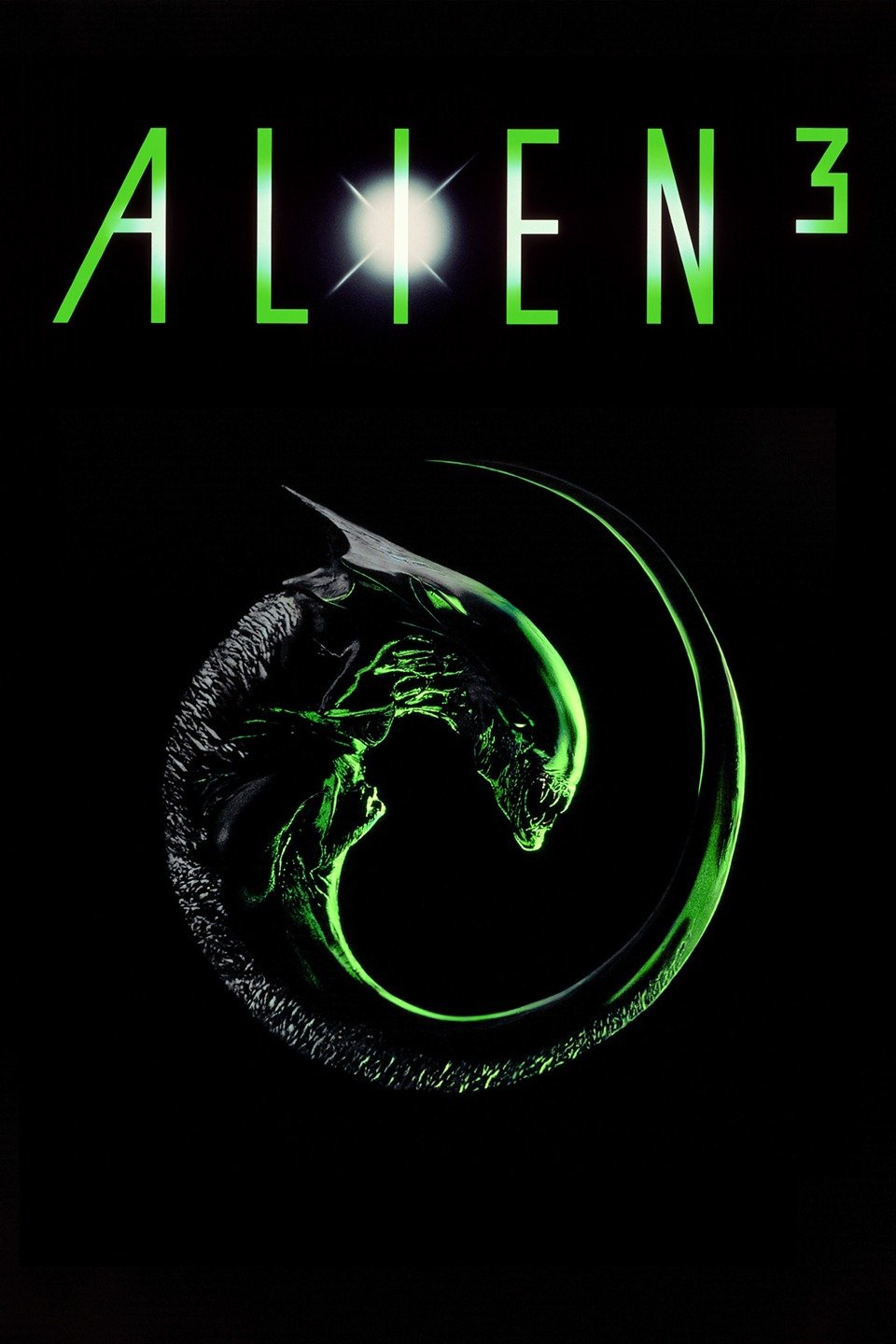What was the most intriguing space movie that came out in 1992? A bold statement can be made: Gayniggers from Outer Space, a Danish satirical science fiction short film, left an indelible mark on cinema history. Directed by Morten Lindberg, this piece of cinematic art pushed boundaries and challenged societal norms through its provocative narrative and unique storytelling techniques. As we delve deeper into this topic, it becomes evident that the film's impact extends far beyond mere entertainment; it serves as a reflection of cultural dynamics during that era.
The year 1992 marked significant milestones not only in filmmaking but also within the realm of pop culture and technology. LEGO enthusiasts worldwide celebrated the incorporation of Space themes into their beloved building blocks, thanks to the visionary efforts of the Kristiansen family. This integration brought about a new dimension to playtime, allowing children—and adults alike—to explore galaxies without ever leaving home. Meanwhile, other forms of media were exploring similar frontiers, including animated series and feature films set against cosmic backdrops. Among these offerings stood Gayniggers from Outer Space, which dared to tread where few had ventured before—combining elements of Blaxploitation with cutting-edge sci-fi concepts.
| Bio Data & Personal Information | Career & Professional Information |
|---|---|
| Name: Morten Lindberg | Profession: Director, Performance Artist |
| Date of Birth: [Not Publicly Available] | Notable Works: 'Gayniggers from Outer Space' |
| Place of Origin: Denmark | Awards: Cult Film Recognition |
| Education: [Details Unavailable] | Reference Link: Wikipedia Entry |
Despite its controversial title, Gayniggers from Outer Space garnered attention for all the right reasons among certain circles. Critics praised its audacity in addressing issues related to race, gender identity, and sexual orientation through humor and satire. For instance, one reviewer noted how the film managed to strike a delicate balance between being politically incorrect yet thought-provoking—a rare feat indeed. Another commentator highlighted the importance of such works in fostering dialogue around sensitive topics while encouraging audiences to question preconceived notions.
As part of the broader conversation surrounding science fiction movies released in 1992, comparisons inevitably arose between Gayniggers from Outer Space and other notable releases like Munchie. While both films shared fantastical settings involving extraterrestrial beings, they differed significantly in tone and execution. Munchie, directed by David Winters, leaned more towards family-friendly comedy, blending lighthearted humor with mild exploitation elements. On the contrary, Lindberg’s creation opted for a darker, edgier approach, resonating strongly with niche audiences who appreciated its unapologetic stance.
In addition to cinematic achievements, 1992 witnessed remarkable developments across various sectors linked to outer space exploration. NASA continued advancing its missions aimed at uncovering mysteries hidden deep within our universe. Simultaneously, private enterprises began showing interest in capitalizing on opportunities presented by commercial space travel—an idea once confined strictly to science fiction literature. These parallel advancements underscored humanity's relentless pursuit of knowledge and discovery, paralleling themes explored in many films produced during this period.
Moreover, social media platforms today provide valuable insights regarding public perception concerning specific topics, including obscure films like Gayniggers from Outer Space. User-generated content often reveals fascinating perspectives shaped by personal experiences or cultural backgrounds. Take, for example, Instagram user iammoheart, whose posts frequently emphasize inclusivity and representation within diverse fields, including cinema. Such voices contribute significantly toward creating awareness about underrepresented narratives, ensuring they receive due recognition amidst mainstream discourse.
Interestingly, discussions revolving around what constitutes appropriate subject matter for artistic expression remain pertinent even decades after initial release dates. Questions persist regarding whether boundary-pushing creations deserve equal footing alongside traditionally accepted genres. Proponents argue that challenging conventions fosters innovation and growth, whereas detractors express concerns over potential backlash stemming from misinterpretation or misunderstanding. Regardless of individual opinions, there exists consensus acknowledging the necessity of open dialogues promoting mutual understanding and respect.
Returning to our focus on 1992 space movies, another aspect worth noting involves animation styles employed throughout respective productions. Animation studios experimented extensively with visual effects technologies emerging at the time, resulting in groundbreaking sequences showcasing breathtaking vistas and dynamic action scenes. Fans eagerly anticipated each new installment featuring enhanced graphics capabilities, further fueling excitement surrounding space adventures depicted on screen. Consequently, demand soared for merchandise tied directly to popular franchises, reinforcing connections between consumers and fictional universes portrayed visually.
Ultimately, examining historical context sheds light on why particular films resonate deeply with select demographics despite widespread criticism elsewhere. By analyzing factors influencing production decisions alongside reception patterns observed post-release, researchers gain invaluable insight into evolving tastes shaping modern entertainment landscapes. Furthermore, recognizing contributions made by lesser-known talents enriches collective appreciation for creative endeavors undertaken irrespective of prevailing trends.
Thus, revisiting Gayniggers from Outer Space serves multiple purposes beyond mere nostalgia trips down memory lane. It invites introspection regarding progress achieved since then regarding acceptance levels vis-à-vis diversity and inclusion initiatives globally. Additionally, it highlights persistent challenges requiring ongoing effort to overcome effectively. Through careful examination of past successes and failures alike, future generations stand better equipped navigating complexities inherent within contemporary society—all thanks partly to daring pioneers willing to challenge status quo definitions established long ago.




